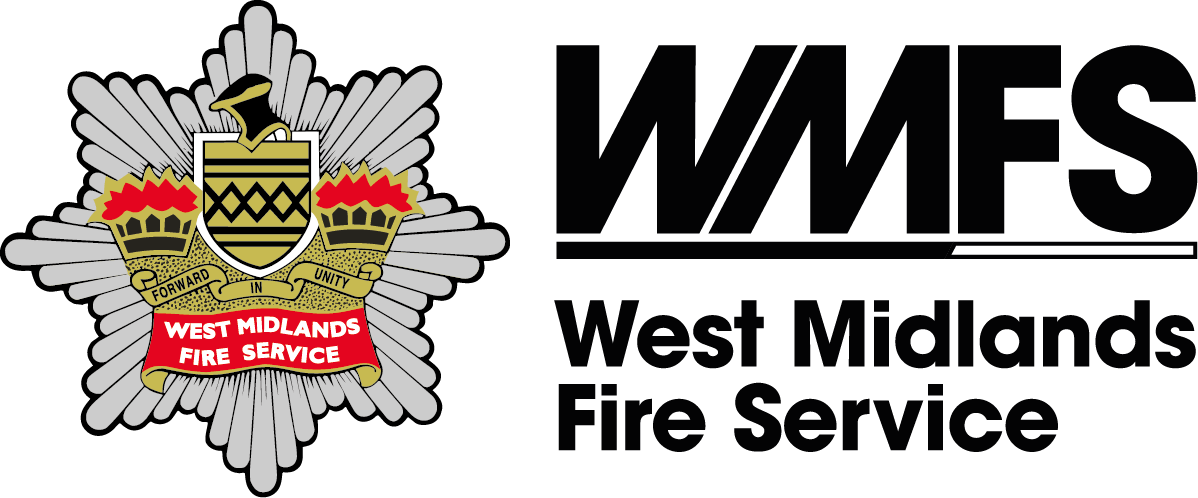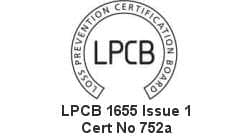Fire protection in buildings
Fire protection in buildings is needed to prevent ignition, provide early alerts warning, prevent fire spread and enable swift and safe exit from burning buildings. To identify what fire protection you require, a fire risk assessment will need to be carried out.
By meeting all of the safety requirements for a building, business owners can protect their property and everyone who works inside them. The Regulatory Reform (Fire Safety) Order 2005 applies to all business properties and outlines what steps must be taken to reduce the risk from a fire.
When planning measures to take against the threat of a fire, there are two forms of fire protection to consider, active and passive protection. They will work together to prevent and stop a fire from spreading, helping occupants of a building to evacuate safely during an emergency.
Active fire protection systems are designed to stop or alert occupants of a fire as soon as it is detected. Equipment such as sprinklers and extinguishers are commonly used for this purpose and they will be tailored to each specific building they are protecting. For example, there are different types of fire extinguishers such as:
- Water
- Foam
- Dry Powder
- Carbon Dioxide (CO2)
- Wet Chemical
Each one is to be used in different situations depending on the fire type; and these are Identified in Class Types, for example, you would use a water extinguisher on organic materials such as paper and coal, however would not use a water fire extinguisher on flammable liquids such as paint and petrol.
Classification of Fires
- Class A: Fires involving mainly organic, solids (wood, paper, plastics, etc)
- Class B: Fire involving flammable liquids (such as petrol, paint and oils) and liquefiable solids such as Fats, waxes, greases but excluding cooking oils/fats)
- Class C: Fires involving gases (such as butane, propane)
- Class D:Fires involving certain metals (such as sodium, magnesium, aluminium)
- Class F: Fires involving commercial deep fat/oil fryers
There are also other important fire safety systems which are used to stop a fire, such as:
Passive fire protection is essential to the structure of a building in helping to prevent a fire from spreading rapidly. They are built into the walls, ceilings and floors of a building and require no action for them to work. There is a wide range of systems for this, including:
- Fire doors
- Fire stopping to breaches in fire compartmentation
- Fire dampers and smoke extracts
Here at Surefire we are able to provide both active and passive fire protection in buildings. We will help you ensure your building meets all of the fire safety regulations. Contact us now to find out how.
Surefire has been successfully operating within, and expanding their business portfolio across. a wide range of sectors nationally. Some examples of these include:
Surefire offers a wide range of products and services within the Fire Industry and can provide a total consolidated package for all your maintenance requirements.
Call Surefire to find out more about us
Our quality service to others makes the world a safer place
LATEST NEWS











